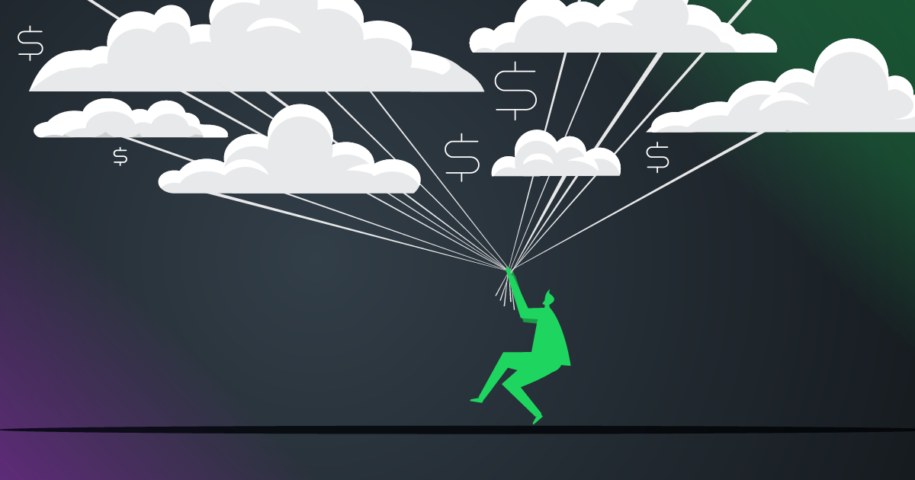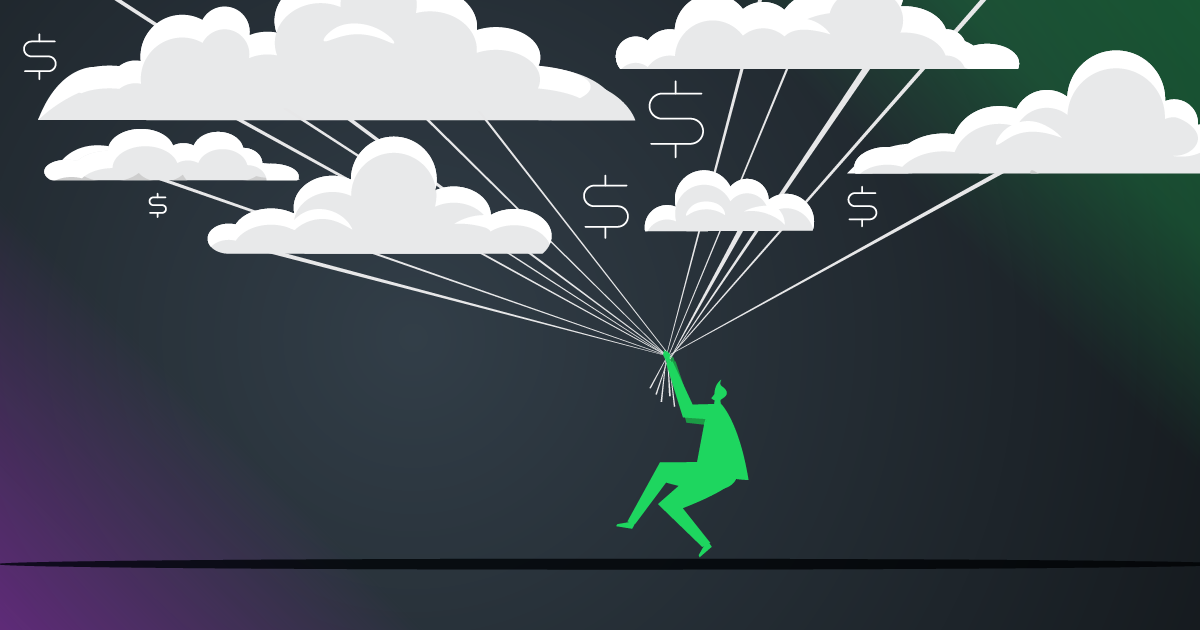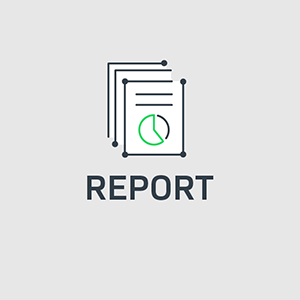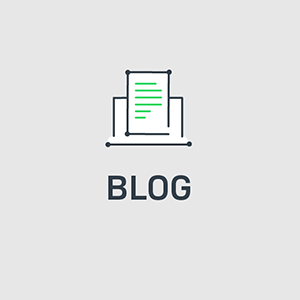SaaS pricing models are a strategic battlefield. Get yours right, and you’ll be a hero – driving growth, locking in customers, and boosting revenue. Get it wrong, and you’ll face churn, missed opportunities, and the creeping realization that you’re falling behind.
Forget the one-size-fits-all approach of traditional software. SaaS is dynamic. The right strategy should adapt with your customers, grow with your product, and scale your business.
This guide breaks down the most effective SaaS pricing models, from the classic ‘Good, Better, Best’ to modern token-based licensing for AI capabilities. Ready to fine-tune your revenue engine? Let’s dive in.
Traditional Software vs. SaaS Pricing Models
On-premises software is typically sold with large upfront costs, followed by occasional maintenance and support fees. In contrast, SaaS pricing generally ensures lower barriers to entry through monthly or annual subscriptions.
As SaaS platforms naturally evolve over time, producers can be agile in their approach, creating tailored packaging bundles for different audiences or introducing pay-per-use options for direct alignment between price and value.
The 2025 Monetization Monitor indicates flexibility is on the rise, with outcome-based and usage-based plans now growing at the same pace as subscriptions, which previously dominated market trends.
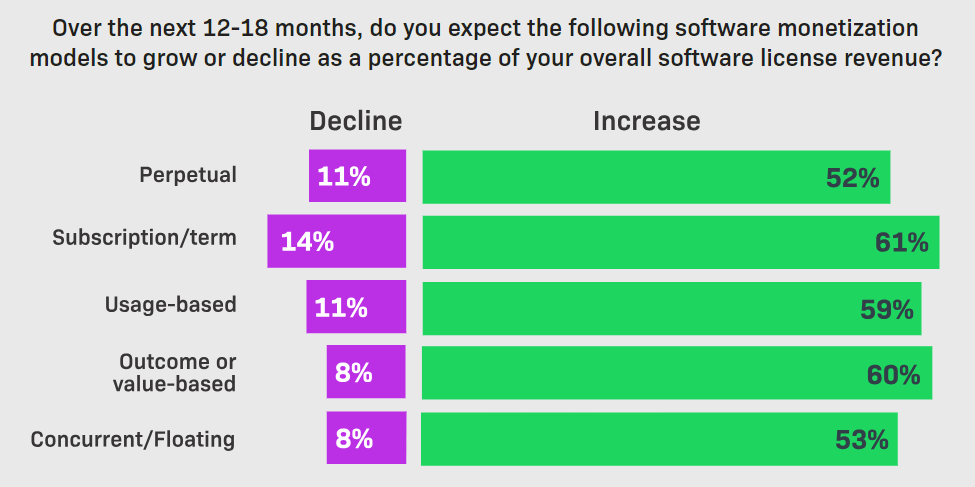
Producers should take note of this shift as usage-based pricing for SaaS and AI is set to become more prominent, creating a landscape where flexibility will play a key role in capturing market share.
Popular Pricing Models for SaaS
1. Good, Better, Best
A tiered pricing structure – often referred to as ‘Good, Better, Best’ (GBB) – is one of the leading pricing models for SaaS. Each tier offers increasing value, allowing customers to select the one that best suits their needs.
- Good: A basic plan with essential features, ideal for budget-conscious users or small businesses.
- Better: A mid-tier offering with additional functionality, designed to meet the requirements of growing organizations.
- Best: A premium package with full access to all features and premium support, often targeted at large enterprises.
This model provides transparency and flexibility, allowing customers to scale as their needs evolve. To implement tiered pricing, your SaaS use rights strategy should incorporate guardrails, ensuring users only access what they pay for.
2. Freemium
The freemium model offers a free version with limited features, and users can unlock advanced functionality or additional resources by upgrading. It’s a great way to attract users and allow them to experience the value of your product before committing to a paid plan.
-
Example: An image creation app that provides free access to basic templates but charges for premium features like high-resolution exports, AI-powered editing, or exclusive design tools.
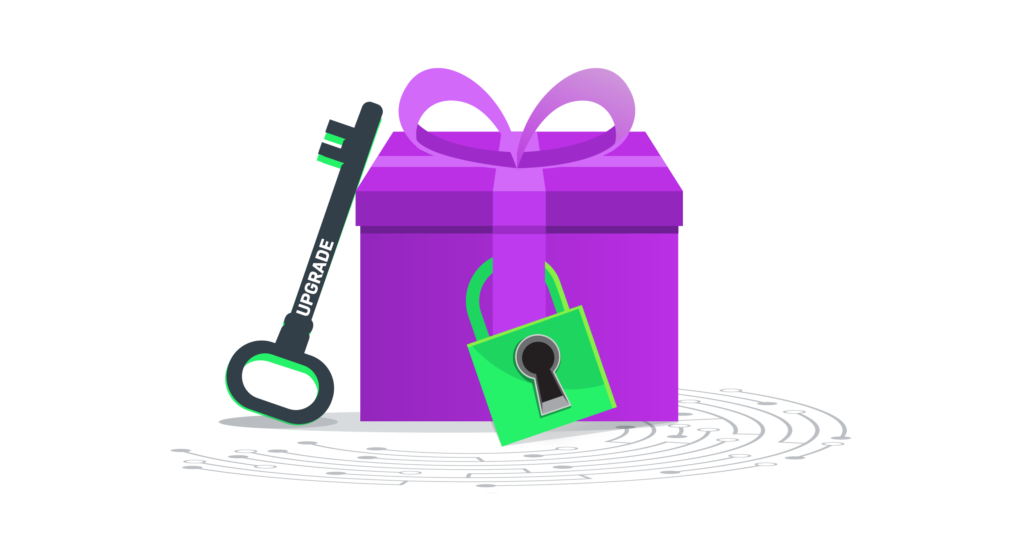
3. Per-User or Per-Seat Pricing
A straightforward model where customers subscribe based on the number of users who’ll be accessing the software. This is particularly common in collaboration and productivity tools.
- Example: A call recording app that offers role-based access control, allowing managers to review recordings while restricting access for other team members, with flexible options that scale as the team grows.
4. Usage-Based Pricing
Whether you prefer credit-based drawdown, consumption-based licensing, metered billing, elastic access, or one of the many other variations, usage-based approaches share one core principle: applying charges based on usage (as the name suggests).
These SaaS billing models are ideal for producers who offer scalable services where consumption can vary, such as data processing tools, cloud storage solutions, or API-based platforms.
- Example: Customer support software that charges based on the number of chatbot interactions or support tickets processed each month.
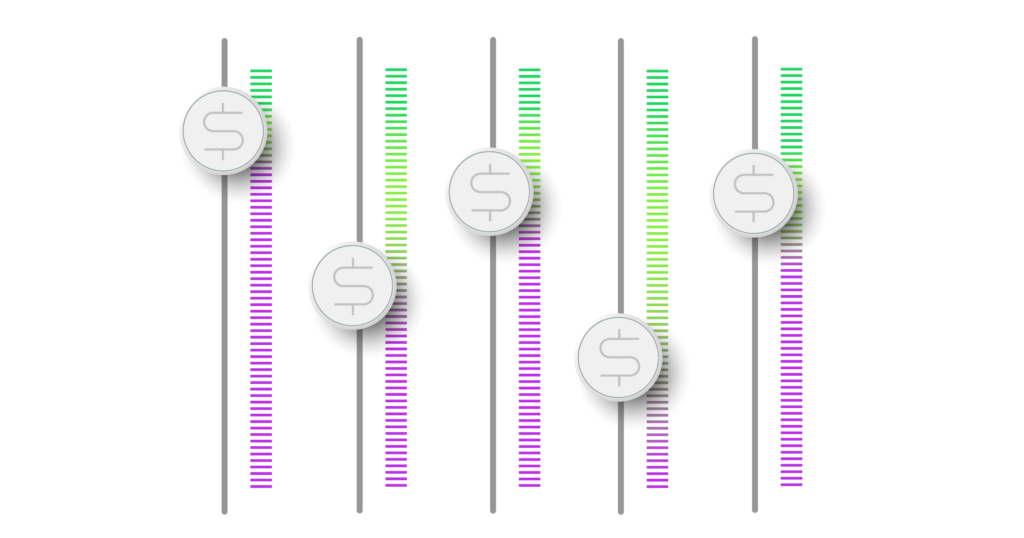
5. Feature-Based Pricing
This approach allows customers to build their own plan by selecting the precise features they want. While ‘Good, Better, Best’ outlines feature differences to create tiers, customization is typically limited compared to pure feature-based pricing. Some companies merge both models – selling basic tiers through GBB and offering feature upgrades for added personalization.
- Example: A project management platform that includes task tracking and collaboration in its standard plan, with additional features like time tracking or advanced reporting available as premium add-ons.
6. Hybrid Pricing
Producers are increasingly combining different SaaS pricing models to create a hybrid strategy. For example, you might blend subscriptions with pay-per-use components to cover demand peaks or occasional use of premium features.
Revenera’s Senior Director of Product Management, Paul Bland, explains how in this short video about Dynamic Monetization:
As you contemplate how to license software in a hybrid world, it’s essential to strike a balance between predictable revenue and the flexibility users crave.
A blended approach allows you to accommodate diverse usage patterns while potentially opening the door to additional revenue as needs change, which is why hybrid strategies are becoming more popular.
SaaS Pricing Models for AI Innovations
As AI-powered products become more prevalent, companies face unique challenges when introducing AI pricing models. Unlike traditional software, AI typically delivers value through real-time predictions or decision-making insights, which come with high computational costs that need to be factored in.
For effective AI monetization, you can consider:
- Outcome-Based Pricing: Charging based on measurable results, such as increased revenue, reduced operational costs, or improved efficiency.
- Tiered AI Features: Offering basic AI capabilities in lower tiers, while reserving advanced functionalities for higher-priced subscription plans.
- Usage-Driven Pricing: Applying pay-as-you-go pricing for AI workloads, ensuring customers only pay for what they use. This approach is often blended with subscriptions for core product features, as depicted below.

Ultimately, understanding how to monetize AI comes down to delivering value while counteracting cloud expenses and ensuring sustainable profitability.
Discover more in this practical webinar:
Monetizing AI: Comparing Pricing Models and Strategies
Implementing Your SaaS Pricing Model
Selecting the best SaaS pricing models for your business requires a thorough understanding of your market, product value, and customer needs.
Here are a few tips to guide your decision:
- Study Usage Insights: Detailed customer data analysis will uncover valuable insights into usage patterns, feature adoption, and engagement. Understanding these behaviors will help identify which features drive the most value, allowing you to tailor SaaS pricing strategies that resonate.
- Experiment and Iterate: Consider A/B testing different pricing structures, including variations in pricing tiers, payment terms, and feature offerings, to assess how customers respond. This helps identify the optimal pricing model to maximize conversions and reduce SaaS churn rates.
- Centralize Entitlement Management: As your products evolve and business grows, managing use rights can become increasingly complex, but an advanced entitlement management system can simplify operations by enabling self-service activations while allowing you to track renewals and monitor usage to identify upsell or cross-sell opportunities.
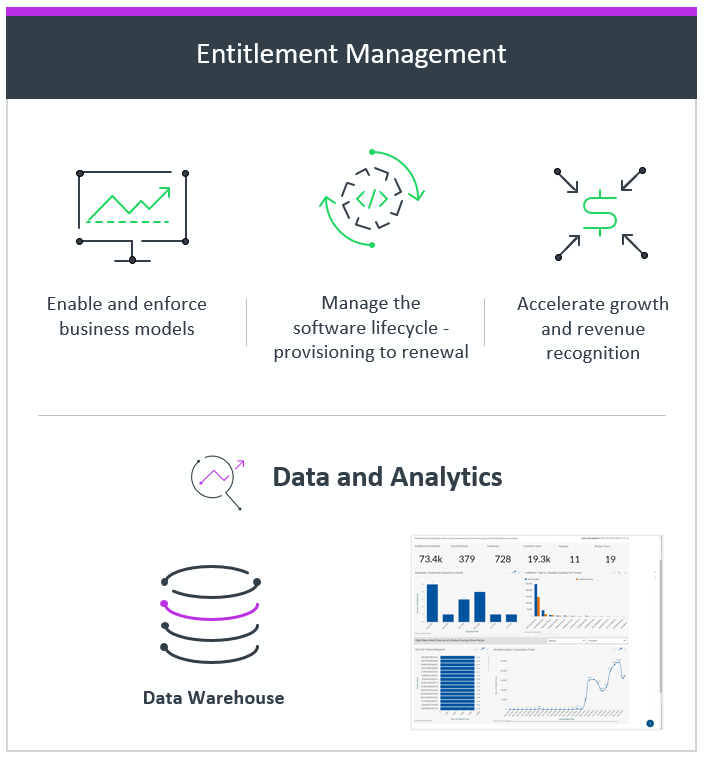
SaaS Pricing Strategy 101
When forming your SaaS pricing strategy, the key is to align pricing with value. This means understanding user behavior, identifying your most valuable features, and structuring pricing tiers accordingly.
With an in-depth monetization analytics solution, you can obtain the data-driven insights needed to track usage patterns, assess revenue opportunities, and refine pricing over time. Additionally, you can set automated notifications to alert account managers about potential churn risk or upcoming renewals.
Whether you’re in the early stages of your SaaS migration plan or have an advanced product line spanning hybrid deployments, Revenera’s sophisticated SaaS provisioning platform can help you deliver seamless customer experiences while streamlining operations and maintaining compliance.
For more information on how Revenera’s SaaS monetization solutions can help you implement the broadest range of enterprise SaaS pricing models, please contact our expert team.

